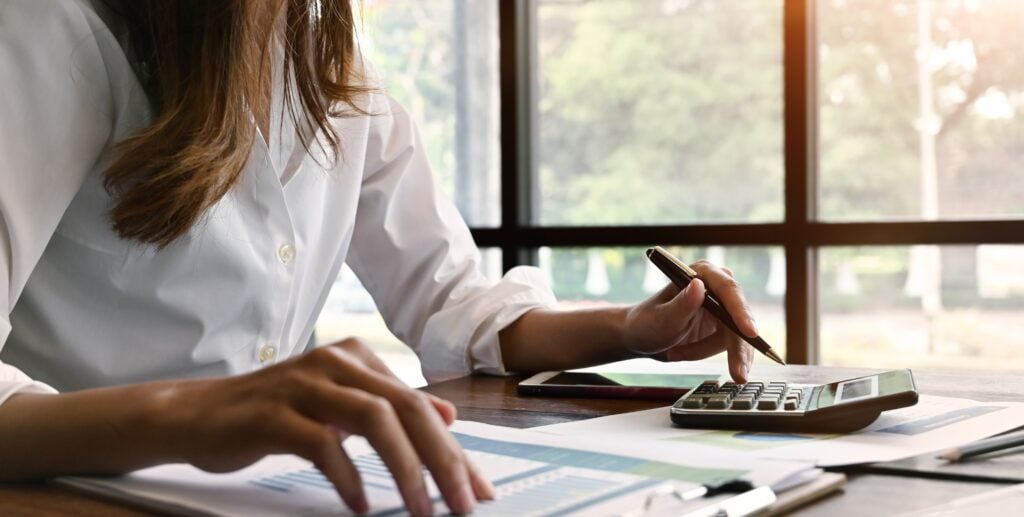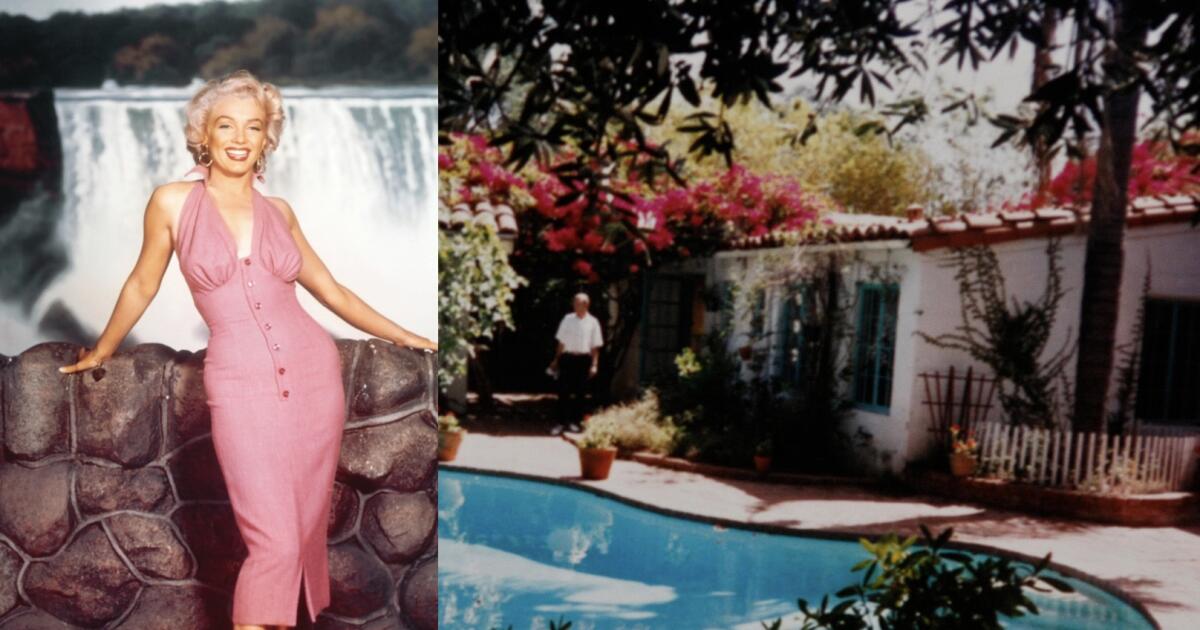Australian audiences are about to get another peek inside the Durie family’s life with season two of Growing Home.
Jamie Durie with wife Ameka Jane. Image: Getty
“It was pretty challenging. It certainly took a lot out of myself and our family, but I felt that this was a very, very important project to share with Australia,” said Jamie Durie of the home he built on a 1069sqm sloping block of waterfront land in Sydney’s northern beaches.
The 10-year process from design to completion was not only arduous because of the almost-impossible slope, seven-storey design and dozens of new materials and technologies that the long-time TV personality decided to integrate into his home.
Durie also added an element of stress to the process by deciding to film during construction, putting his family on-screen – including wife and two young children – and launching it as a four-episode series on the Seven Network called Growing Home with Jamie Durie.
Double glazed windows wrap around the home that Durie has named Belah House. Image: Instagram
“It's the first time I've ever allowed cameras to come into my personal home and see what really goes on behind the scenes,” Durie explained to an audience of builders and building industry leaders at the Housing Industry Association’s Future Homes Forum held in Sydney on 29 August.
It was an audience that was primed for interest in the many modern building techniques that Durie employed to construct the four-bedroom waterfront home, dubbed Belah House, that he finally completed late last year.
But as he also shared, it turns out that many other Australians also had a high level of interest in the ambitious, eco-friendly build.
In fact, the show notched over a million viewers for every episode, and skewed very high in the demographic of viewers aged 21 to 29.
“It was really nice to see lots of younger, engaged viewers,” he said, noting that it's clear that cohort cares a lot about the environment.
Attracting that interest in sustainable, innovative building methods was the whole point of the show, which Durie initially hoped to call Green Home but couldn’t find any takers for the concept.
A name change allowed him to get the show to air, and the consummate TV host was prepared to put his family front and centre to essentially show that every Australian has choices when it comes to the environment, their home, and their family's way of life.
Durie admitted, what he ended up creating in Avalon is an “extraordinary home" and not what the typical Australian is embarking on when taking on a building or renovation project.
“We wanted to build the Ferrari of eco-building and then for viewers to take those lessons and feed them into maybe something else down the track, where people might adopt some of these ideas and build them into their everyday lives.”
Every level of Durie's Avalon home boasts a view over the water. Image: Instagram
For Durie, a key element of his home was ensuring that it was a safe haven for the two family members who suffer from asthma – his wife and young son.
Durie discovered that “it only takes five plants in an average size living room to absorb 75% of the volatile organic compounds in your living room".
But five wasn’t good enough for him. In Belah House, there are 230 plants living in purpose-build planters through the foyer and main living room, essentially “turning the house into a giant planted box”.
“We worked very closely with the asthma association,” he shared, and it informed such decisions as eliminating the property's gas hookup and using a low VOC paint that actually absorb 14.2 kilograms of carbon per bucket of paint," he said.
“We then painted the entire building and achieved [the equivalent of] 21 trees absorbing carbon for an entire year just from the paint that we used on the building.”
Other features of the house include the use of Envisia concrete, which is a low-carbon, low-shrinkage, high-strength next-gen concrete product by Boral. Timber in many elements in the home – including the feature staircase – came from Parkside Timber, which uses selective harvesting allowing the forest to regenerate and remain healthy for the future.
Sustainable timber is an essential part of the build. Image: Instagram
A recycled kitchen carcass showed how disused elements from other homes can be recycled into even high-spec builds, and massive rain-water tanks and a recycling system from the planter boxes help ensure that no drop of water on the property goes to waste.
An 18kw solar system on the roof complements geothermal heating and cooling systems that keep the home so comfortable they barely need to use additional energy for temperature control.
Of the geothermal system, Durie noted that the technology is hardly new – with home-sized systems having been available for decades – it's just underutilised in Australia.
“Why is it new language to us here in Australia? We call ourselves green, but actually we’re one of the dirtiest nations on the planet. And I say that with all honesty. This is a system that could be in every second home in Australia,” Durie said.
The home was 10 years in the making. Image: Instagram
The second season of Growing Home
Of course, Durie acknowledged that it’s a big leap of faith for Australians to approach their builds using technology that’s new, or not well understood, and that few have the finances to be able to experiment like he could.
That’s why in season two of Growing Home, Durie will be spotlighting not one single mega-build, but several families embarking on a home build using innovative technologies to show how other Australians are future-proofing their homes.
The focus will particularly be on modern methods of construction, such as pre-fabrication, off-site construction and 3D printing.
Not to be left out, one of the builds will be for Durie and family – a property on their farm that he will attempt to 3D print in the space of a weekend.
Another ambitious project, Durie admitted "I don't do anything by halves".
Are you interested in Australian home building? Check out our dedicated New Homes section



















 English (US) ·
English (US) ·